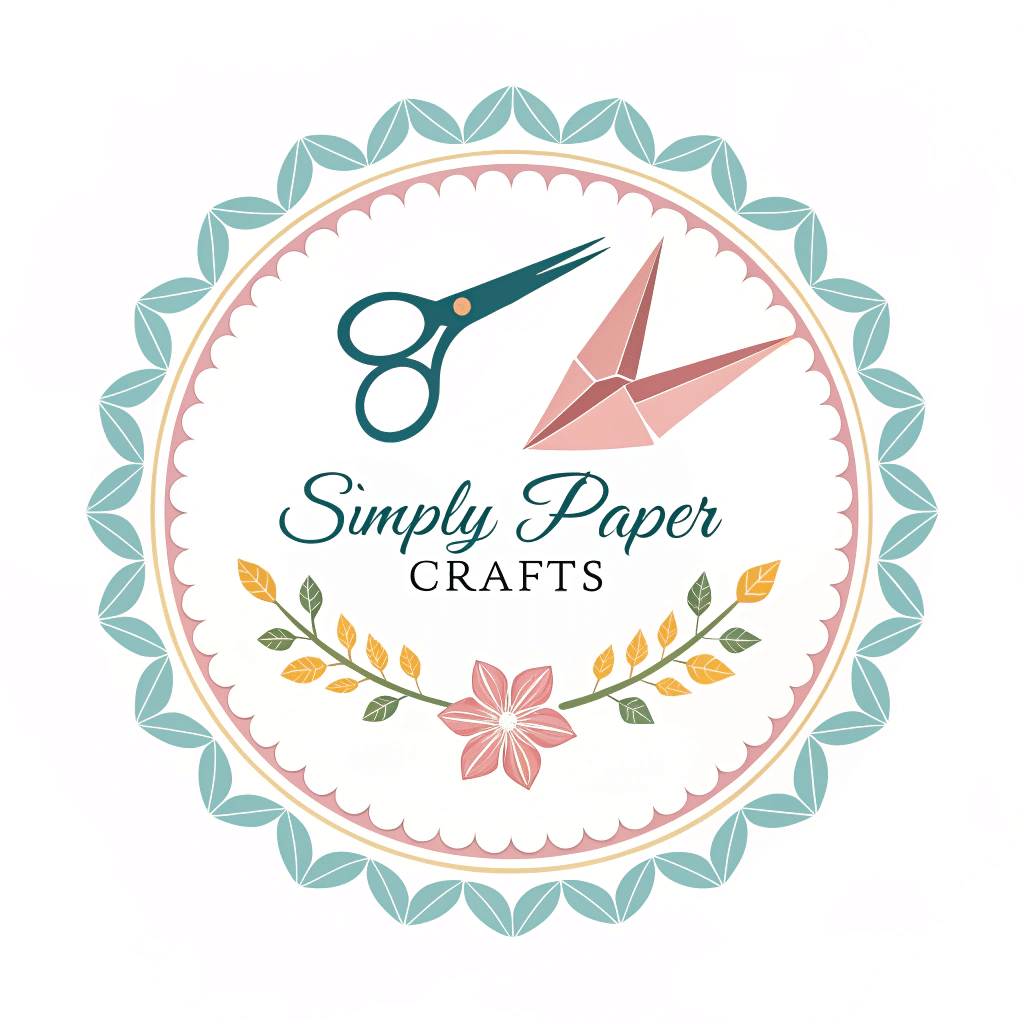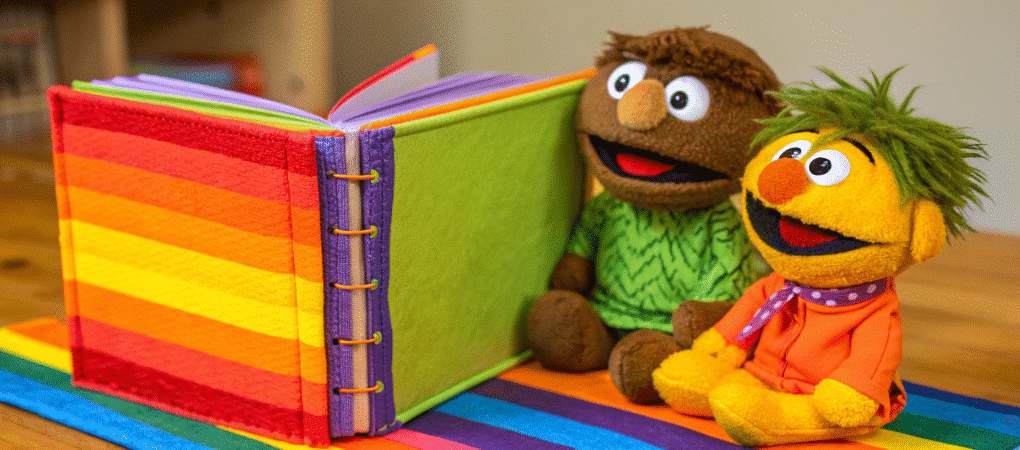Hey there! If you’re looking for a way to make story time more exciting, a puppet book is where it’s at. These books mix reading with play, making stories jump off the page and into your child’s imagination. Whether you’re reading to babies, toddlers, or young children, puppet books add a fun twist that keeps little ones hooked. Many puppet books for the youngest readers come in a sturdy board book format, making them perfect for little hands.
Key Points:
- What’s a Puppet Book Anyway?: A puppet book includes stories with puppets like finger, hand, or plush toys that kids can manipulate while reading, making storytime interactive and lively.
- Why Puppet Books Work So Well for Kids: Puppet books help develop listening, language, imagination, social, and motor skills by engaging children actively in storytelling and play.
- Picking the Right Puppet Book: Choose puppet books suited to the child’s age and interests, considering safety, durability, and engaging illustrations for a fun reading experience.
- Favorite Puppet Book Types and Themes: Popular themes include animal stories, classics, alphabet and number books, race stories, and seasonal topics, catering to diverse interests.
- How to Use Puppet Books for Maximum Fun: Enhance storytime by using different voices, involving children, asking questions, and incorporating props to make reading lively and interactive.
- What’s a Puppet Book Anyway?
- Why Puppet Books Work So Well for Kids
- Picking the Right Puppet Book
- Favorite Puppet Book Types and Themes
- How to Use Puppet Books for Maximum Fun
- Puppet Books in the Classroom and at Home
- Where to Find Puppet Books
- Puppet Books and Learning: The Perfect Match
- Making Your Own Puppet Book Fun
- Wrapping It Up
What’s a Puppet Book Anyway?
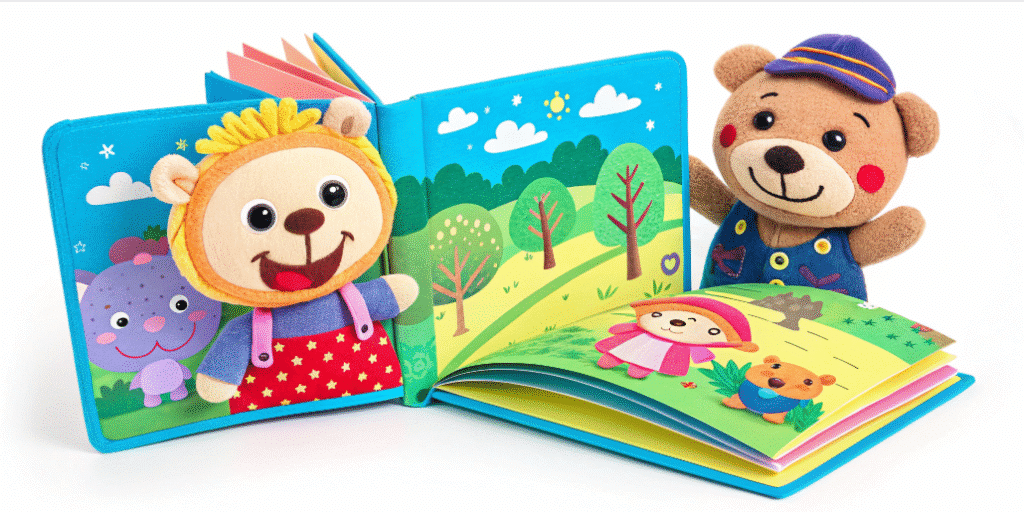
A puppet book is just what it sounds like—a storybook that comes with puppets you can use while reading. These puppets might be finger puppets, hand puppets, or even small plush toys attached to the pages. They let kids interact with the story, making reading hands-on and lively. Puppet books often include colorful illustrations and soft characters to capture children’s attention.
Think of it as a way to bring characters to life right in your hands. Instead of just hearing a story, kids get to see, touch, and play with the characters as the story unfolds. It’s a great way to keep their attention and make reading feel like a fun activity, not just something you have to do.
Why Puppet Books Work So Well for Kids
Kids love to play. When you add play to reading, it becomes an adventure. Puppet books help with:
- Listening skills: Kids focus better when they can see and touch characters.
- Language learning: Hearing words while playing with puppets helps build vocabulary.
- Imagination: Puppets encourage kids to create their own stories and ideas.
- Social skills: Playing with puppets can teach sharing, taking turns, and expressing feelings. Puppet playsets can also be used in dramatic play centers to promote social skills and creativity.
- Motor skills: Moving puppets around helps develop hand-eye coordination.
Plus, puppet books make story time interactive, so kids don’t just listen—they participate.
Picking the Right Puppet Book
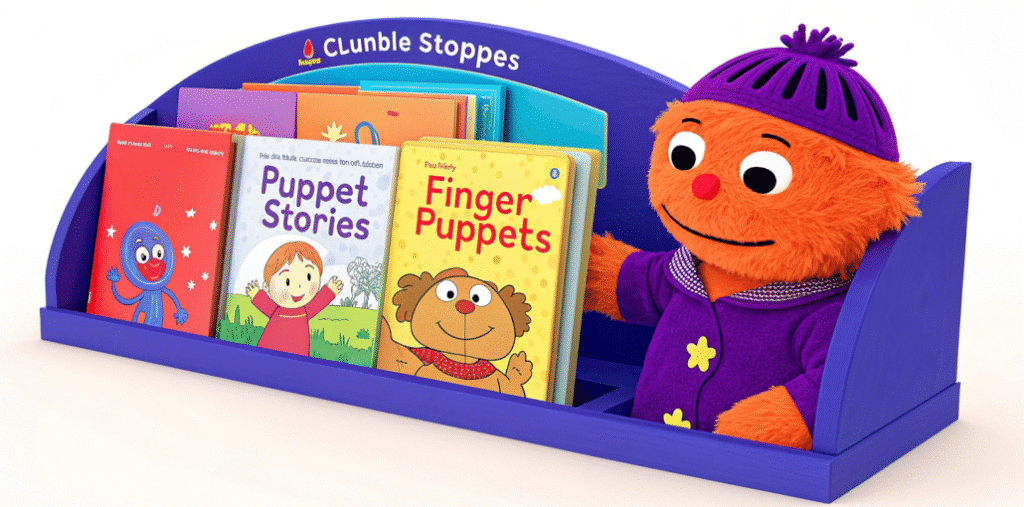
When choosing a puppet book, think about the child’s age and interests. Babies and toddlers often enjoy board books with simple finger puppets. These are easy to hold and safe to chew on. Older kids might like hand puppets that let them act out more parts of the story.
Look for books with bright colors, clear pictures, and simple stories. Books written by well-known authors or published by trusted companies like Chronicle Books are usually a safe bet. Also, check if the puppets are washable or easy to clean. Kids can get messy, and you want a product that lasts.
Favorite Puppet Book Types and Themes
There’s a puppet book for almost every interest. Here are some popular ones:
- Animal stories: Kids love puppets shaped like animals. They can roar like lions, buzz like bees, or hop like frogs.
- Classic tales: Puppet books that tell familiar stories like “The Very Hungry Caterpillar” or “Five Little Monkeys” are hits because kids already know the story and love to join in.
- Alphabet and numbers: Some puppet books help kids learn letters and numbers with fun characters and songs.
- Race to the top: Puppet books featuring stories where characters race—like animals or letters racing up a tree—make story time interactive and exciting, encouraging children to join the race and engage with the story.
- Seasonal themes: Look for puppet books about holidays, seasons, or special events to keep story time fresh.
How to Use Puppet Books for Maximum Fun
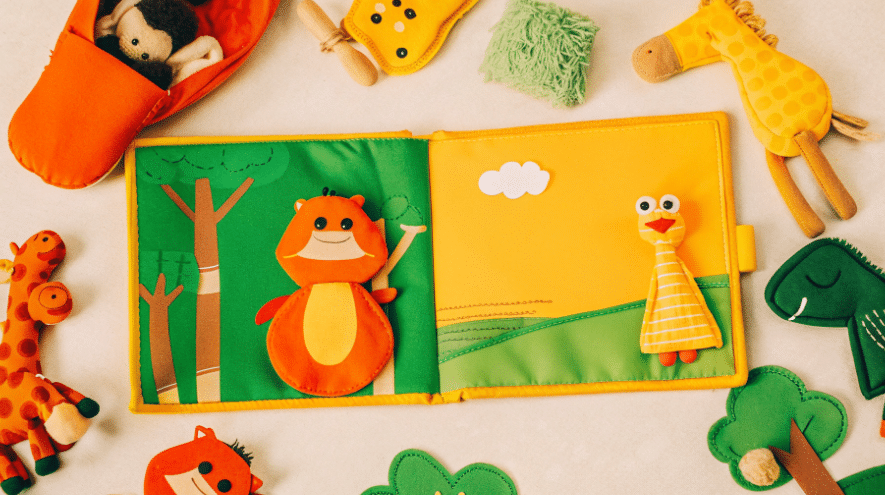
Here are some tips to get the most out of your puppet book:
- Get involved: Use different voices for each puppet. Make the story come alive with sounds and expressions.
- Invite kids to join: Let them hold the puppets and act out parts of the story.
- Ask questions: Pause and ask what they think will happen next or how a character feels.
- Use props: Sometimes adding simple toys or costumes can make the story even more fun.
- Repeat favorites: Kids love hearing the same stories again, especially when they get to play along.
Puppet Books in the Classroom and at Home
Teachers and parents both find puppet books useful. In classrooms, they help with group activities and encourage shy kids to speak up. At home, puppet books make bedtime stories more exciting and help build a bond between parent and child.
Many puppet books are made to be durable for classroom use. Some puppets can be machine washed or wiped clean, which is great when you have lots of little hands eager to play.
Where to Find Puppet Books
You can find puppet books at bookstores, toy stores, and online shops. Some popular places stock a wide range of options, from simple finger puppets to full puppet sets with books. Many online shops list puppet books with an item number or product code, making it easier to find exactly what you want.
Keep an eye out for sales or bundles that include multiple books or puppets. This can be a great way to build a collection without spending too much. Some stores offer free shipping on orders over a certain amount, and delivery times may vary, with some items available for delivery as early as Oct.
Puppet Books and Learning: The Perfect Match
Puppet books don’t just entertain—they teach. When kids interact with stories, they remember new words and ideas better. Puppets help bring numbers, colors, and letters into play, making learning feel like a game. Books provide comprehensive guidance on many aspects of puppetry, detailing skills needed to bring puppets to life.
For example, a puppet book about counting might let kids hold a puppet for each number. This hands-on approach helps kids understand concepts instead of just hearing about them.
Making Your Own Puppet Book Fun
You don’t always need to buy a puppet book to enjoy puppet play. You can create simple puppets at home using socks, paper bags, or even your fingers. Use these homemade puppets with any storybook to add some flair. An introduction to puppet-making and performance includes video tutorials and demonstrates how to transform a stuffed animal into a puppet.
Try acting out favorite stories or making up new ones. This kind of play sparks creativity and turns reading into a shared adventure.
Wrapping It Up
If you want to make story time more fun and interactive, puppet books are a great choice. They bring stories to life, help kids learn, and make reading a hands-on experience. Whether you’re a parent, teacher, or just someone who loves stories, adding puppets to your reading routine is a simple way to make a big difference. Introduction to Puppetry Arts by Cheralyn Lambeth shares the history, cultures, and traditions of puppetry globally, including puppet construction and performance techniques.
Give puppet books a try and watch how they change the way kids enjoy stories. It’s all about making reading time a moment to look forward to—full of smiles, laughter, and a little bit of magic.
FAQs About Puppet Books
What exactly is a puppet book?
It’s a storybook that comes with puppets you can move while reading. These puppets might be finger puppets, hand puppets, or small plush toys attached to the pages. They make reading more fun and hands-on.
Are puppet books good for babies and toddlers?
Yes! Many puppet books are made as board books, which are sturdy and easy for little hands to hold. The puppets help keep young kids interested and encourage them to join in the story.
How do puppet books help kids learn?
Puppet books make stories interactive, which helps kids pay attention and remember words better. Playing with puppets can also boost language skills, imagination, and even social skills like sharing.
Can I use puppet books in a classroom?
Definitely. Teachers use puppet books to get kids involved during storytime and to help shy kids speak up. They’re also great for group activities and creative play.
Where can I buy puppet books?
You can find them at bookstores, toy stores, and online. Some places let you sort by age or theme to find the perfect book. Keep an eye out for sales or bundles to get more for less.
